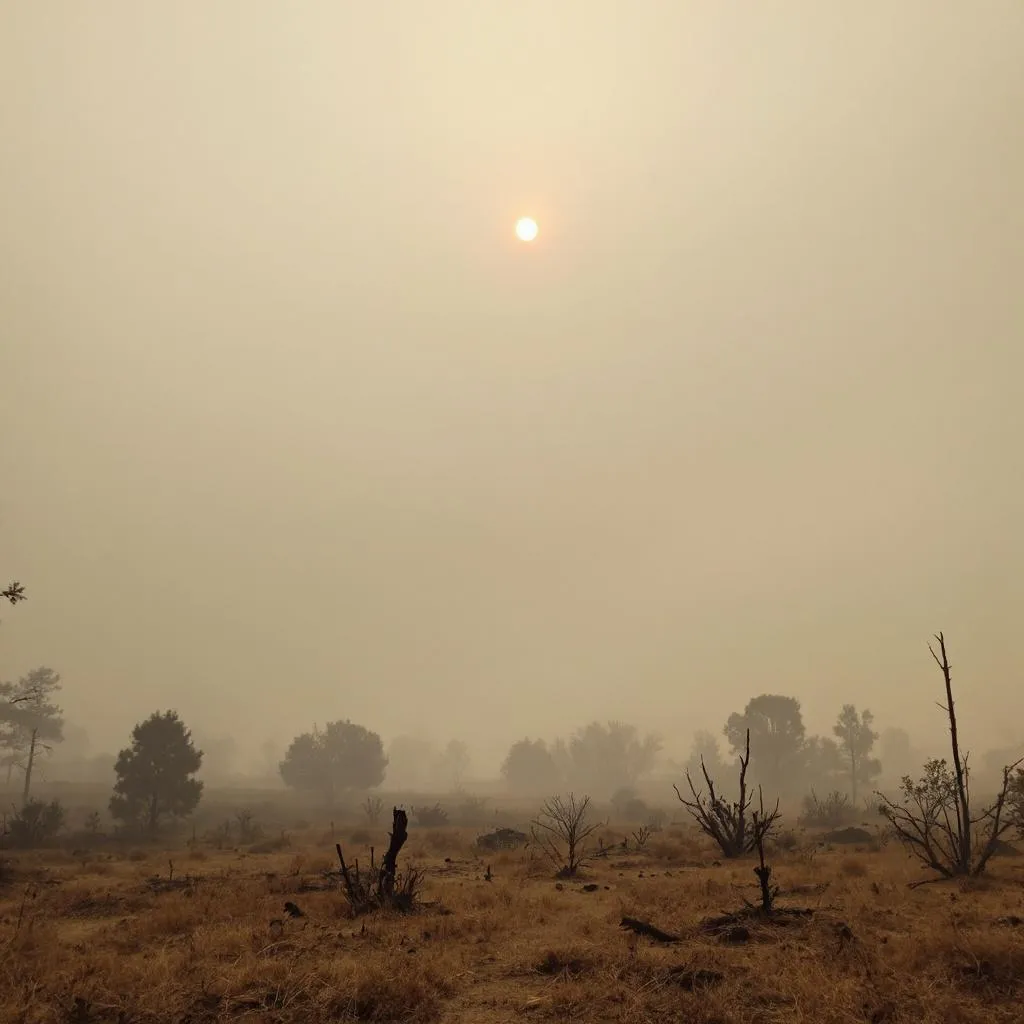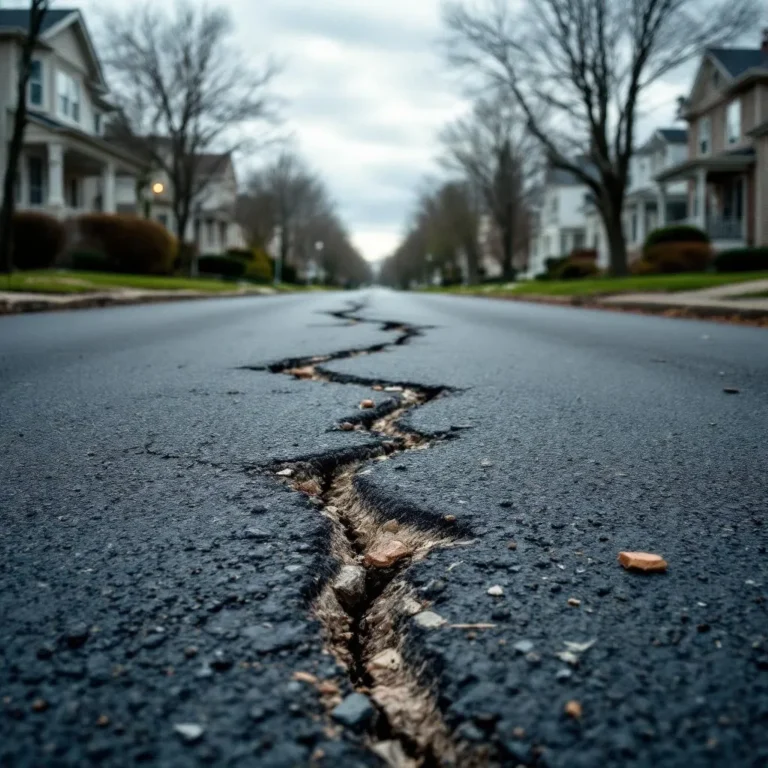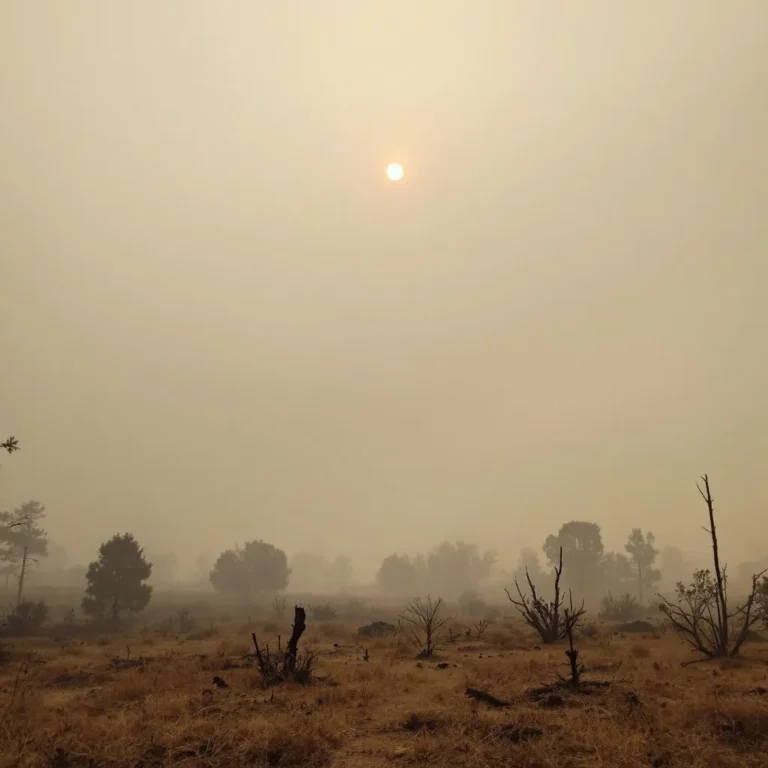
This summer, Canada faces a wildfire season of unprecedented scale and intensity, with more than 14 million acres scorched so far—an area roughly the size of West Virginia. The provinces of Manitoba, Saskatchewan, British Columbia, Alberta, and Ontario are bearing the brunt of the fires, with over 80 active and uncontrollable wildfires erupting across the country.
The combination of intense heat, drought, and dry conditions has fueled these fires, turning vast swaths of forest into blazing infernos. The Canadian Wildland Fire Information System provides an interactive map offering real-time data on fire locations and control status, underscoring the severity and spread of these blazes.
Experts warn this season is on track to be the second worst in Canada’s history, as officials brace for continued expansion of fire zones, especially in Western Canada and northern areas. Smoke from these wildfires is not only a local problem: plumes have drifted thousands of miles, significantly impacting air quality far beyond Canadian borders. New research reveals that the smoke has been linked with increased asthma cases even in New York City, highlighting the far-reaching health hazards associated with these fires.
Satellite monitoring by NOAA has been crucial in tracking the fires and the vast smoke clouds blanketing the skies, helping inform emergency response and air quality warnings across North America. The persistent smoke events have challenged air quality forecasting teams and led to multiple Air Quality Action Days across the northeast United States in 2023.
As the Canadian wildfire crisis unfolds, the need for heightened preparedness and proactive wildfire management has never been clearer. With climate trends signaling hotter and drier summers to come, the intensity and frequency of such wildfires are expected to increase, posing escalating threats to ecosystems, public health, and communities across the continent.
Stay informed through official channels like the Canadian Wildland Fire Information System and government updates to understand current conditions and response efforts. The 2025 wildfire season is a stark reminder of nature’s power and the urgent imperative to address the growing challenges posed by climate change and forest management.





